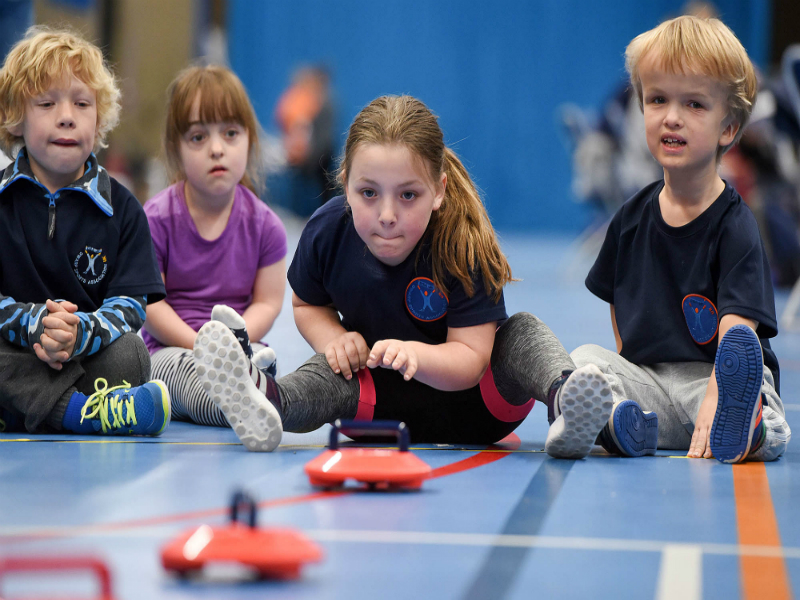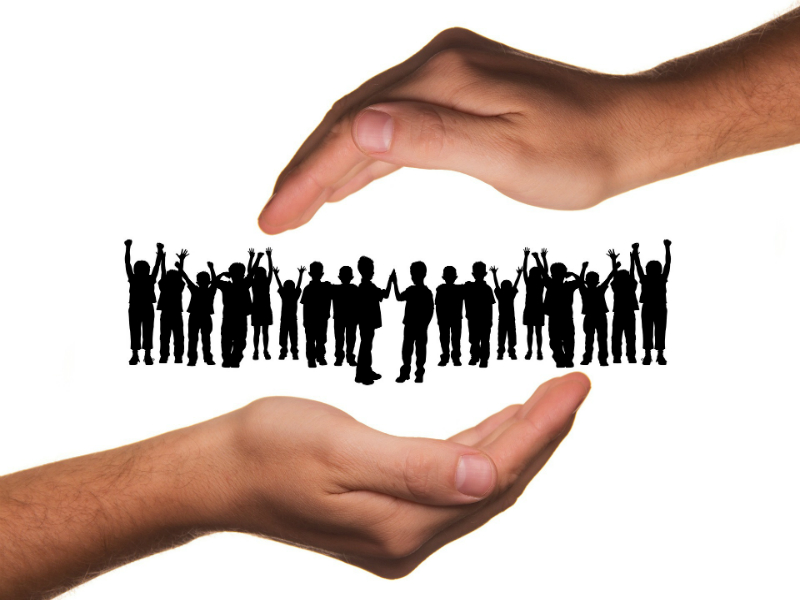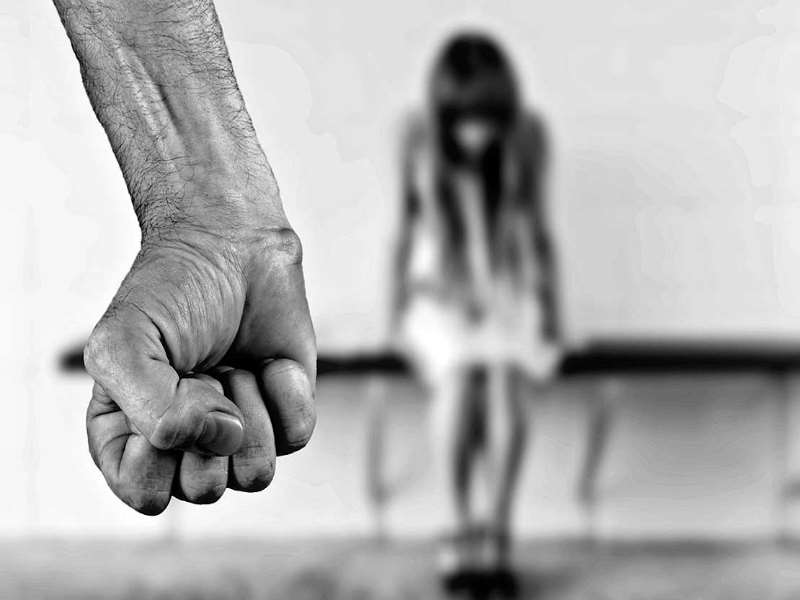Overview
Child sex abusers can be anyone. They are not always adults - children and young people can also behave in a sexually abusive way. Usually the abuser is a family member or someone known to the child, such as a family friend or babysitter.
Audience
This course is intended for everyone who works with or has contact with children, young people and their families.
About this course
The course contains additional resource materials, useful links and refresher guides.
Objectives
This course will enable you to:
Content
Here are some of the topics covered in this course:
What will stop child sexual abuse? | Important facts | What is sexual abuse? | What if a child or young person consents? | Myths of Sexual Abuse | Indicators of sexual abuse? | Patterns of Behaviour | Signs of sexual abuse | Cause for concern | Assumptions | Effects on children | Severity of impact | Can victims recover? | How does a child cope?





